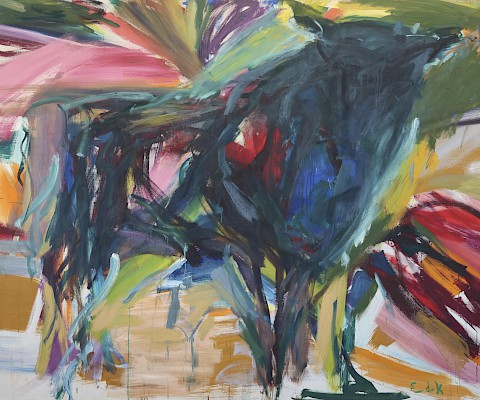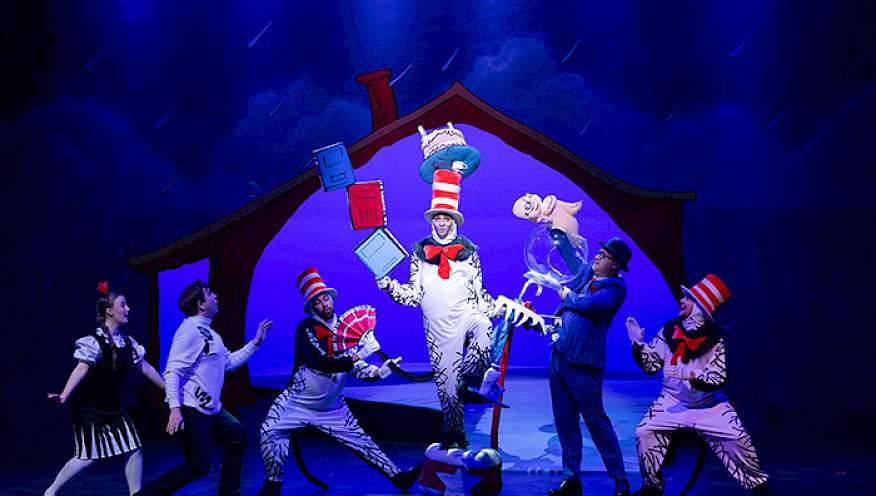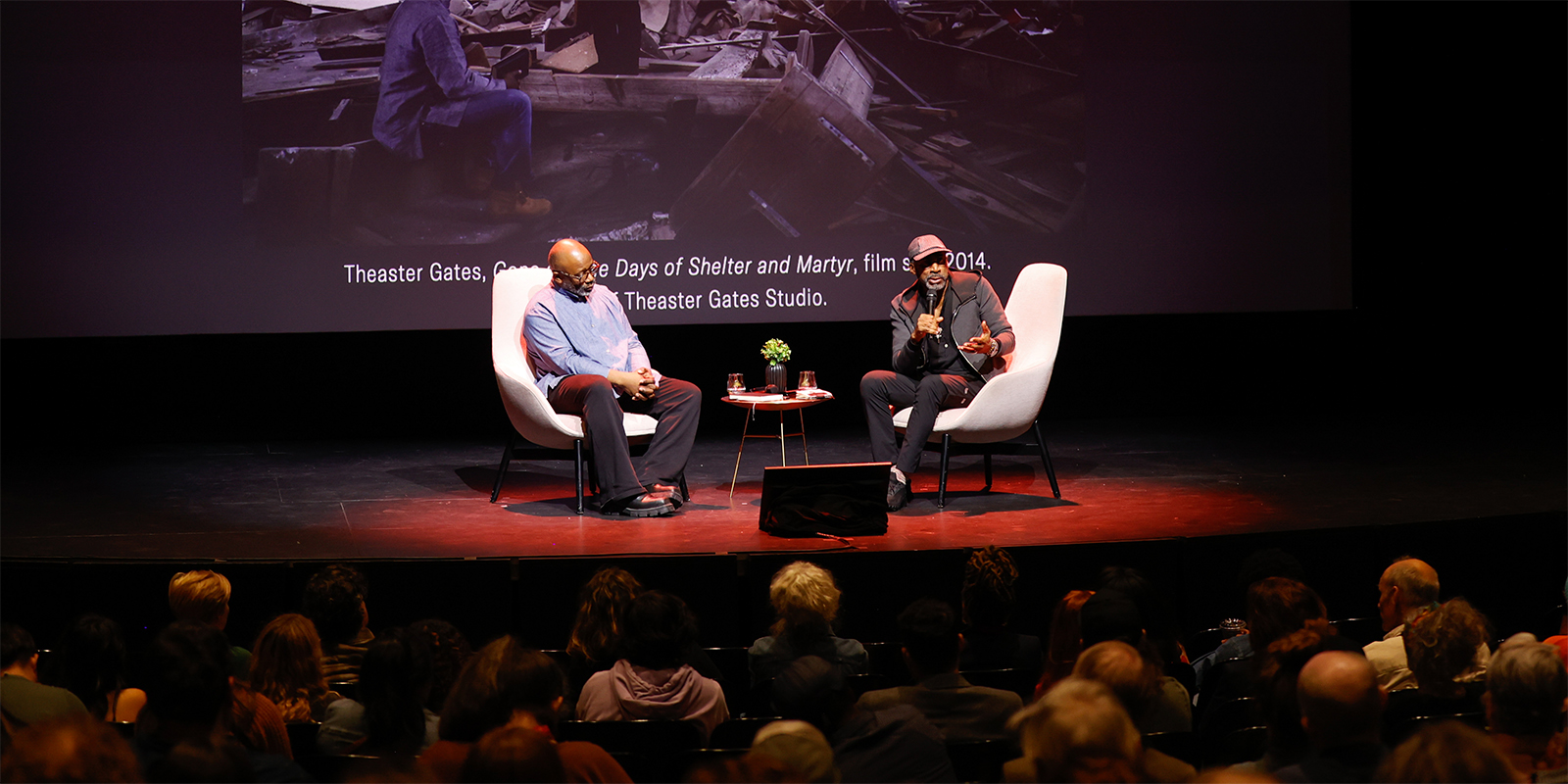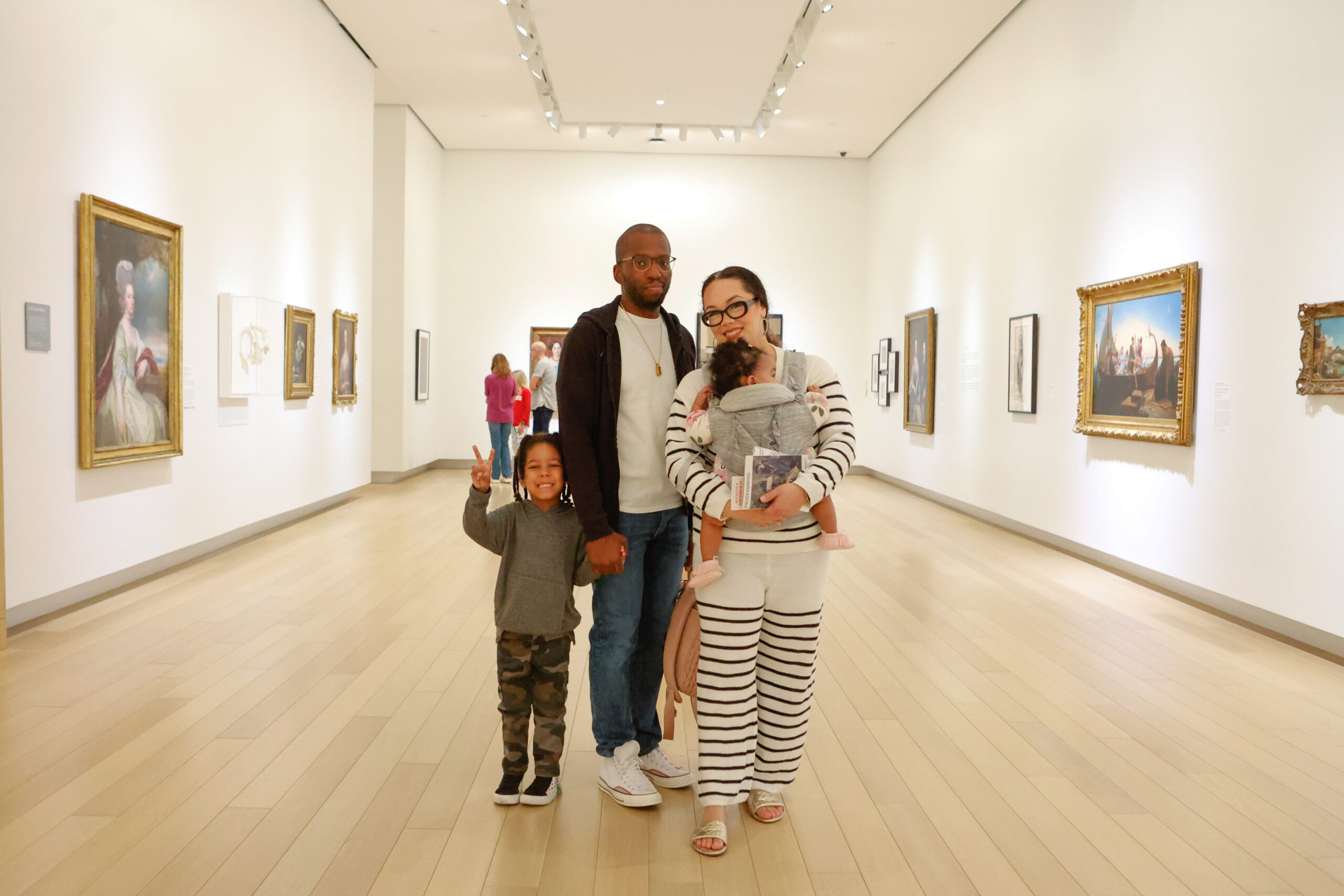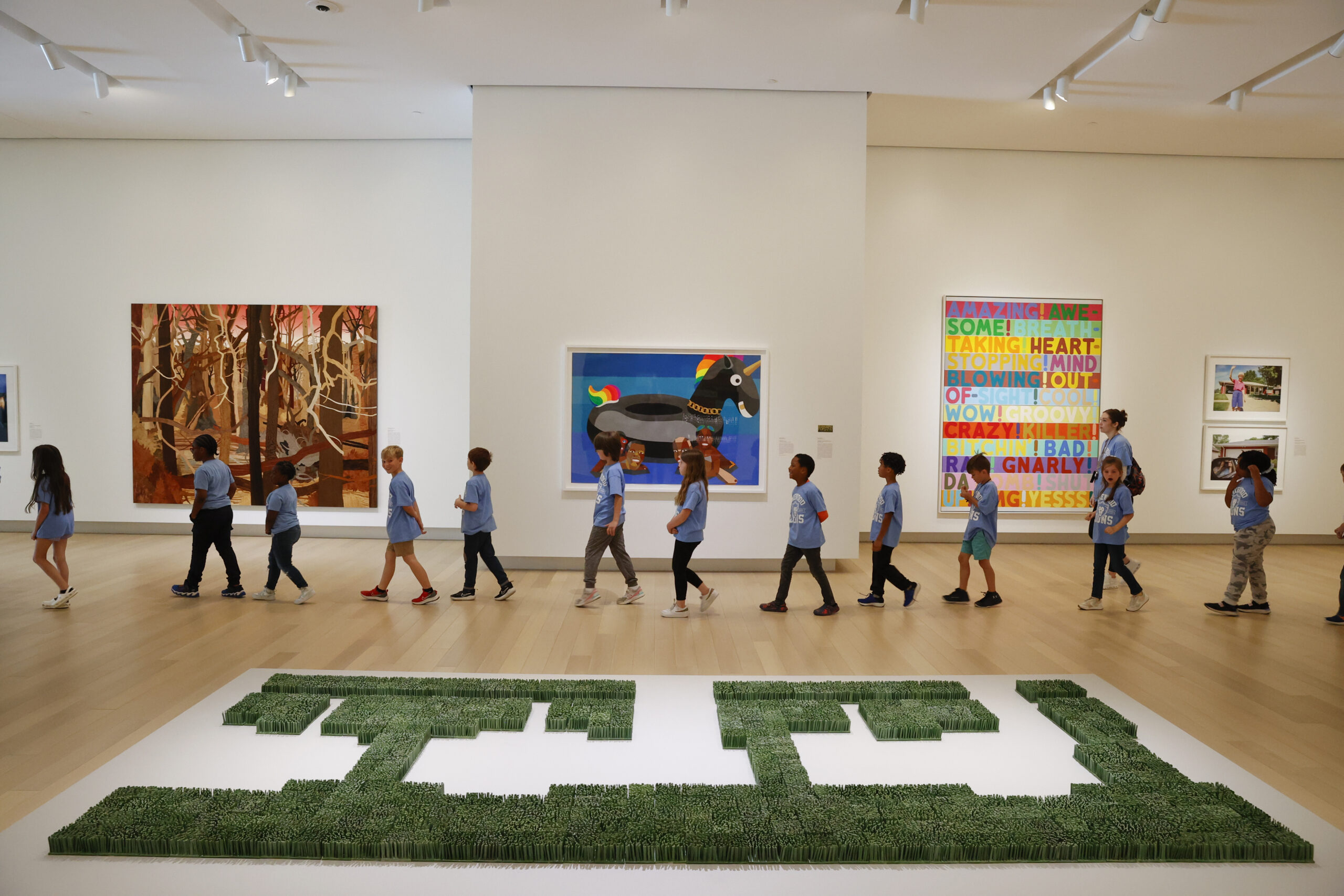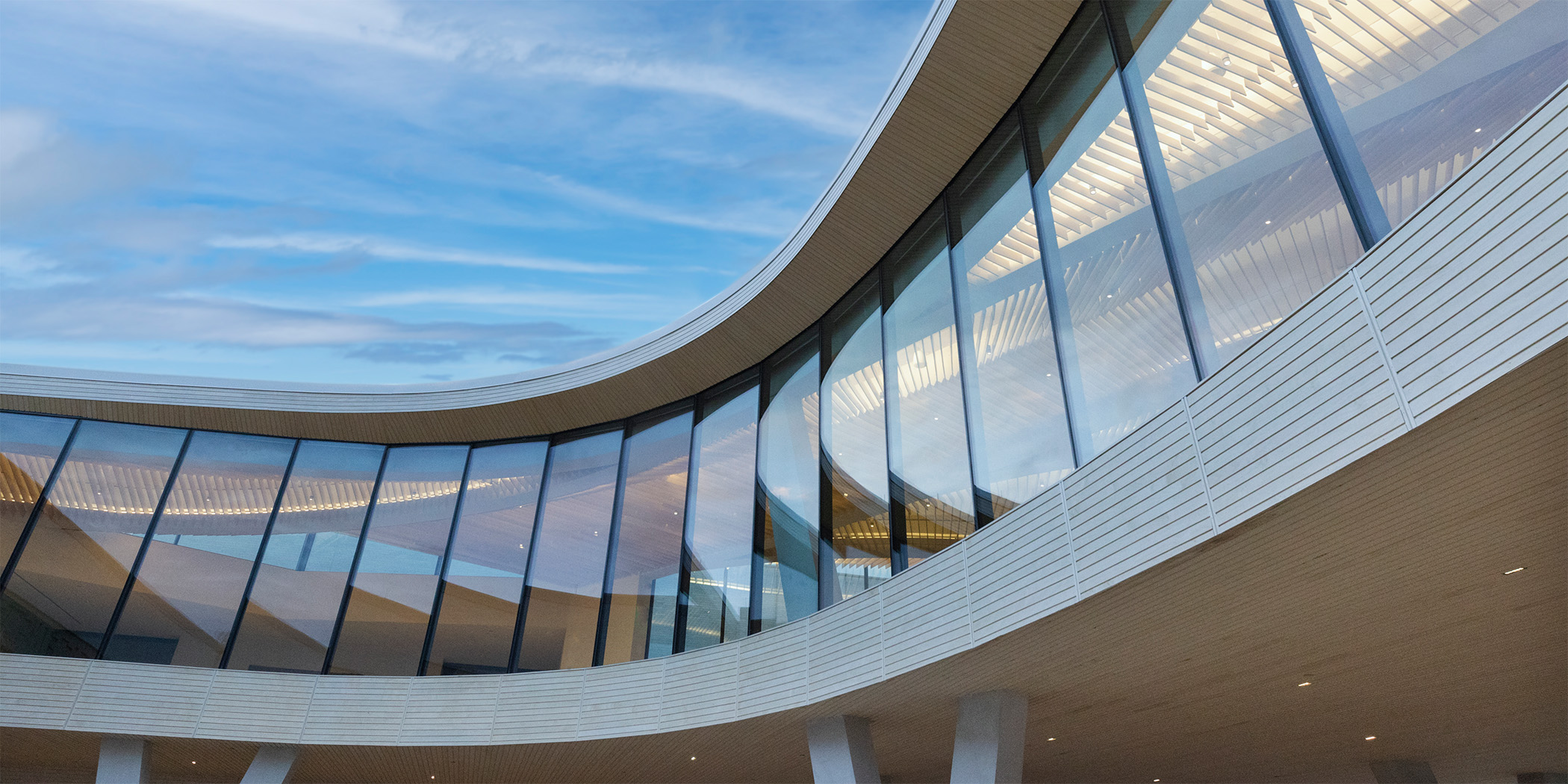
Lillian Schwartz (Cincinnati, Ohio, 1927 – ), Still from Pixillation, 1970, motion picture, 4 mins. From the Collections of The Henry Ford.
Lillian Schwartz: Pixillation
Trained in painting, drawing, and sculpture, Lillian Schwartz (b. 1927, Cincinnati, Ohio) began creating digital art in the late 1960s after joining AT&T Bell Laboratories as one of its first resident artists. At Bell Labs, engineers, scientists, and artists collaborated on experiments with computer-generated music and visuals.
To create Pixillation, Schwartz wrote lines of code to create a black and white texture, which she overlaid with hand-colored animation. The artist edited the film so the color of the digital and analog shapes contrast and match in varying frames, creating a shifting effect.
The soundtrack, written and performed by Gershon Kingsley on a Moog synthesizer, increases in tempo as the film cuts from digital to analog imagery at a faster pace, building a sense of urgency.
The saturated colors, complex rhythm, and geometric shapes of Pixillation, Schwartz’s film featuring digitally produced images, went on to define the look and feel of 1970s computer art.
WARNING: This film contains flashing lights which may cause seizures for individuals with photosensitive epilepsy. Viewer discretion is advised.






